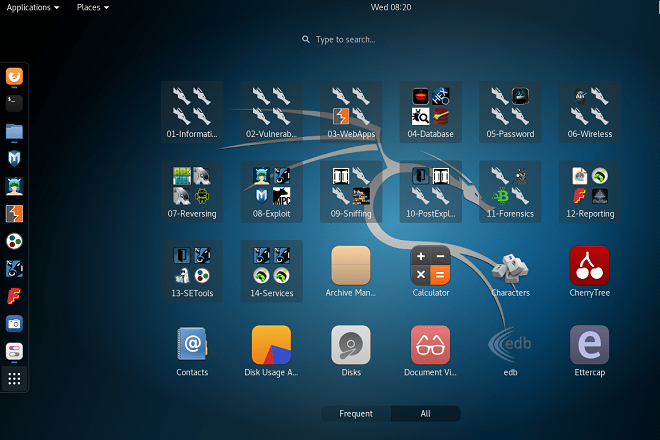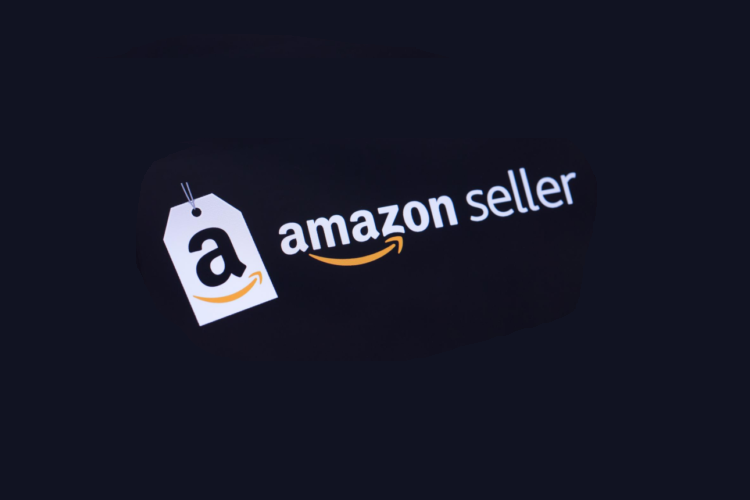In the dynamic world of digital marketing, creating effective Google Ads can significantly impact your business’s visibility and profitability. With millions of companies vying for attention on the same platform, standing out requires more than just a budget for ad spend. A high-converting Google Ad is crucial for any business looking to drive traffic and increase sales. There are several key elements that must be included in order to create an effective and successful ad.
Key Elements of a High-Converting Google Ad
That said, this guide will delve into the key elements that distinguish high-converting Google Ads from the rest, ensuring your efforts yield maximum returns.
Competitive Analysis
Google Ads experts often stress the importance of conducting a competitive analysis before launching your ad campaigns. Analyzing your competitors’ strategies can provide valuable insights. Identify who your competitors are and examine their ad copy, keywords, and landing pages.
Consider what strategies are effective for your competitors and identify ways to make your ads uniquely appealing in a saturated market. Conducting a detailed analysis of the competition allows you to refine your strategy and gain a competitive edge.
Implement Precise Targeting Strategies
Precise targeting ensures that your ads reach the most appropriate audience. Google Ads offers various targeting options, including demographic targeting, interest targeting, and remarketing.
Remarketing allows you to target users who have previously interacted with your website, increasing the chances of conversion by reaching out to those familiar with your brand. Utilizing these targeting strategies effectively ensures that your ad spend is being directed toward users most likely to convert.
Craft Compelling Headlines
Your headline is the first impression users have of your ad. Make it count. Employ straightforward and succinct language that directly addresses your audience’s preferences. Including keywords relevant to their search queries enhances visibility and relevance. A compelling headline encourages clicks by promising value or solutions to the user.
Highlight Unique Selling Points (USPs)
Transitioning from headlines and focusing on what sets your offer apart is vital. Highlight your USPs in the ad copy. Whether it’s free shipping, unparalleled quality, or exclusive access, ensure these features are front and center. Showcasing your USPs clearly and concisely can be the deciding factor in a user’s decision to click through.
Utilize Call-To-Actions (CTAs)
A powerful CTA guides users on what to do next. Whether it’s ‘Shop Now,’ ‘Learn More,’ or ‘Sign Up,’ your CTA should be action-oriented and create a sense of urgency. Placing it prominently within your ad ensures it catches the user’s eye and prompts immediate action.
Optimize for Mobile
In today’s mobile-first world, ensuring your ad is optimized for mobile devices is non-negotiable. This means creating ads that load quickly, appeal on small screens, and lead to mobile-friendly landing pages. Remember that a seamless mobile experience is crucial in digital marketing, as a significant portion of Google Ads traffic comes from mobile users.
Leverage Ad Extensions
Ad extensions provide additional information and ways for users to interact with your ad. From site links that direct users to specific pages on your site to call extensions that enable direct dialing, these features enhance your ad’s functionality and visibility. Furthermore, it can significantly improve your ad’s performance by offering more engagement points.
Focus on Ad Relevance
Ad relevance is a critical factor in Google’s ranking algorithm. Ensure your ad content closely aligns with the keywords you’re bidding on. This alignment improves your ad’s quality score and ensures that it’s being shown to the most relevant audience. High relevance leads to better click-through rates (CTRs) and, ultimately, more conversions.
Test and Refine
Continuous testing and refinement are the keys to a high-converting Google Ad campaign. Experiment with different headlines, ad copy, CTAs, and targeting options. Use Google Ads’ A/B testing features to compare performance and identify what resonates best with your audience. This iterative process allows you to fine-tune your campaigns for optimal results.
Design Visually Appealing Ad Creatives
The visual appeal of your ad creatives plays a significant role in attracting attention. For display and YouTube ads, incorporating high-quality images or videos relevant to your offering can dramatically increase engagement.
Moreover, ensure that the visuals are eye-catching and align with your brand identity. This consistency helps in building brand recognition and trust among your target audience.
Use Negative Keywords Wisely
Negative keywords are a powerful tool in refining your ad campaigns. By specifying keywords for which you do not want your ads to show, you can prevent wasted spending on irrelevant clicks.
This practice enhances the relevance of your traffic and improves overall campaign efficiency. Regularly updating your list of negative keywords based on campaign performance data can further optimize your ad spend.
Analyze and Optimize Landing Pages
The landing page your ad directs users to plays a pivotal role in conversion. Ensure your landing pages are optimized for conversion with a clear value proposition, concise and persuasive copy, and a straightforward call to action.
In addition, the landing page experience should be seamless, with fast loading times and mobile optimization. Regularly testing and tweaking elements on your landing page can significantly improve conversion rates.
Monitor and Adjust Bidding Strategies
Google Ads provides a range of bidding strategies designed for diverse campaign objectives, including maximizing clicks, conversions, or the value of conversions. Monitoring the performance of your chosen bidding strategy and being willing to adjust based on results is vital to maximizing return on investment (ROI).
Automated bidding strategies, like cost per acquisition (CPA) or return on ad spend (ROAS), can leverage Google’s machine learning capabilities to optimize bids in real-time, often leading to better performance.
Engage with Ad Personalization
Personalization can significantly increase the relevance and effectiveness of your ads. Tailoring your message and offer to the individual level based on user data, such as past interactions, search history, and preferences, can enhance engagement.
Google Ads’ dynamic ad features allow for personalization at scale, improving the likelihood of conversion by presenting users with more relevant and timelier ads.
Measure and Learn from Analytics
Continuous measurement and analysis of your ad campaigns are vital. Google Ads provides a wealth of analytics and reporting tools that allow you to track performance metrics like click-through rates, conversion rates, and cost per conversion.
Leveraging this data to gain insights into what works and what doesn’t is crucial for ongoing optimization. Setting up conversion tracking is essential to accurately measure the ROI of your campaigns and make data-driven decisions.
Conclusion
Mastering the creation of high-converting Google Ads is a multifaceted endeavor that demands attention to detail, creativity, and an analytical mindset. As you refine your approach and implement these key strategies, remember that the goal is to capture attention and create a seamless and compelling journey for your audience, guiding them from interest to action.
With dedication, insight, and the willingness to adapt and learn, you can achieve outstanding results, making your Google Ads campaigns high-converting and a cornerstone of your digital marketing success.




